PDF-RS Feva Rigging Guide v10
Author : callie | Published Date : 2021-08-11
March20121You will needUsually already on the boatMastBoomincluding rigged already on the boom outhaul and kicking strapTravellerthe rope across the back of the
Presentation Embed Code
Download Presentation
Download Presentation The PPT/PDF document "RS Feva Rigging Guide v10" is the property of its rightful owner. Permission is granted to download and print the materials on this website for personal, non-commercial use only, and to display it on your personal computer provided you do not modify the materials and that you retain all copyright notices contained in the materials. By downloading content from our website, you accept the terms of this agreement.
RS Feva Rigging Guide v10: Transcript
Download Rules Of Document
"RS Feva Rigging Guide v10"The content belongs to its owner. You may download and print it for personal use, without modification, and keep all copyright notices. By downloading, you agree to these terms.
Related Documents

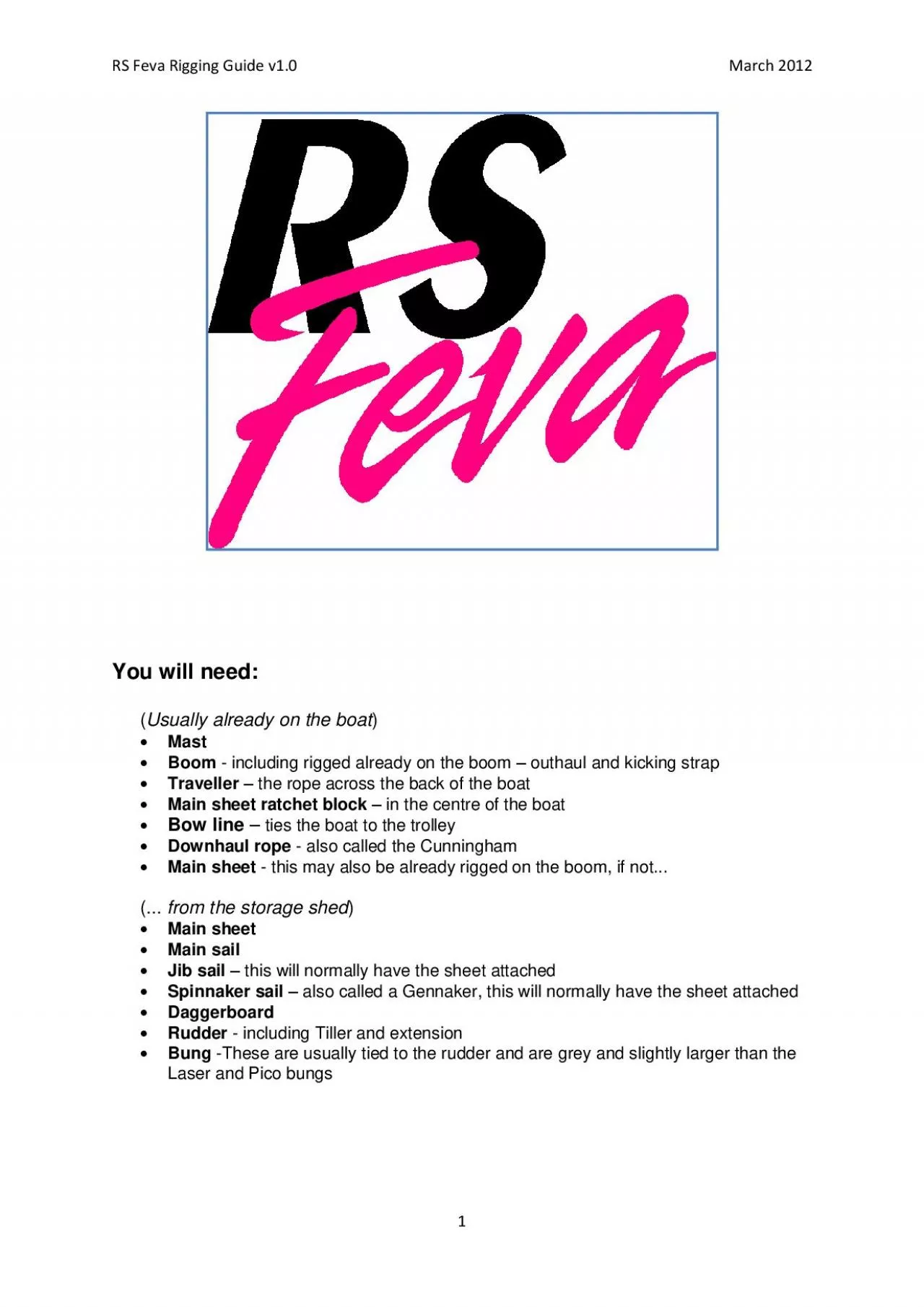

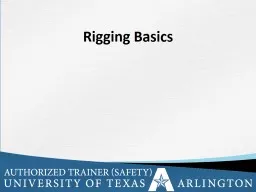

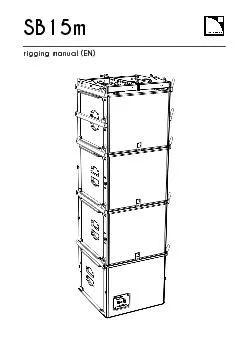
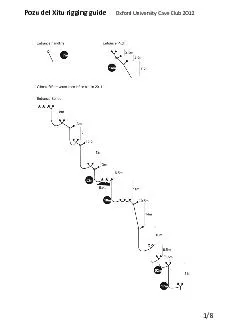
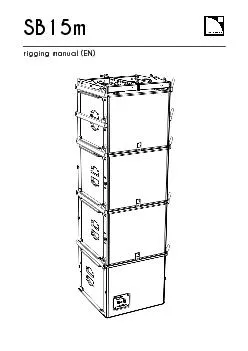
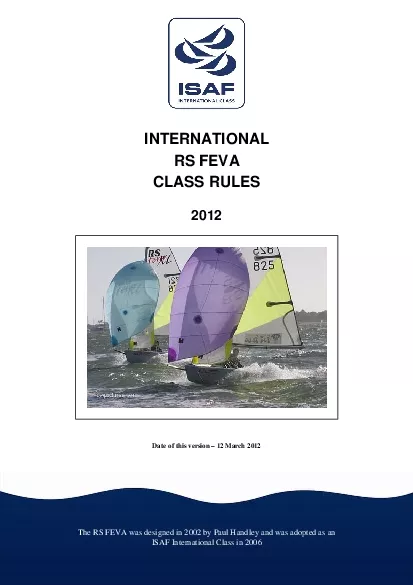



![[READ]-CEH v10 Certified Ethical Hacker Actual Practice Exams dumps: 400+ Actual Exam](https://thumbs.docslides.com/985417/read-ceh-v10-certified-ethical-hacker-actual-practice-exams-dumps-400-actual-exam-dumps-with-their-answers-explanations-for-ceh-v10-exam-passing-guaranteed-vol-2.jpg)

